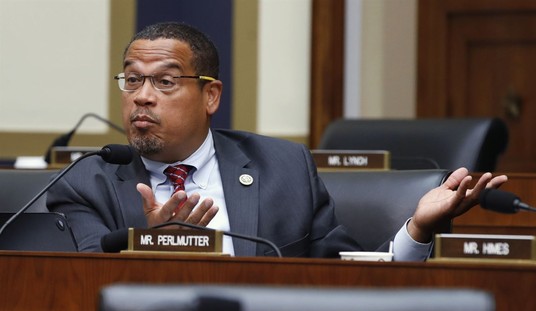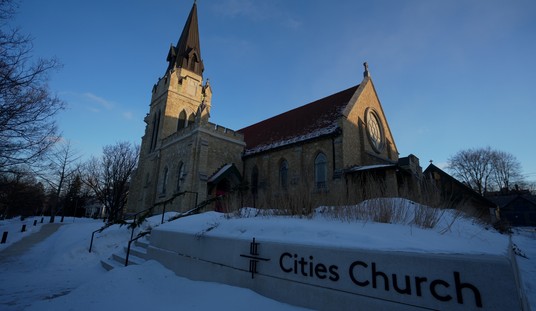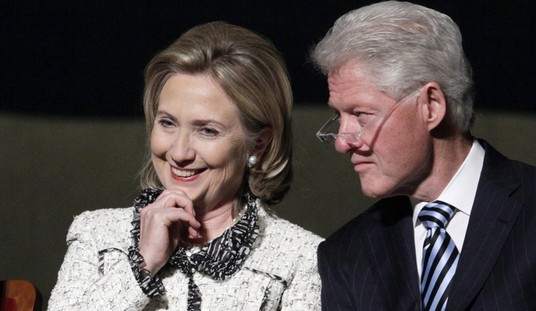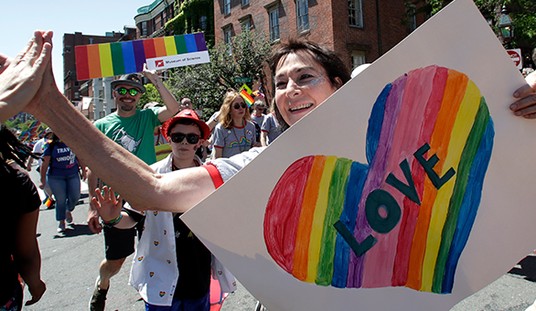=========
=========
Promoted from the diaries by streiff. Promotion does not imply endorsement.
=========
=========
We have previously noted that plug in electric vehicles take a long time to recharge their batteries; it’s not like a five minute fill-up at the gasoline station.
- NEMA 14-50 charging for Tesla: The NEMA 14-50 charger for Tesla electric cars plugs into a 240 volt wall outlet, similar to the type used by your clothes dryer or other appliances. A standard Tesla charger with a NEMA 14-50 connector will be able to charge your Tesla battery completely in 10 hours (for the Model S) to 10 ½ hours (for the Model X).
- Wall connectors for Tesla charging stations: Tesla offers at-home wall connector charging stations that serve as an “upgrade” from the standard charging cord provided when you purchase your Tesla. With the help of an electrician, you can install a wall connector to charge your Tesla Model S or Model X at your your home. A wall connector can fully charge your Tesla Model S battery in 6 to 9 hours, or your Model X battery in 6 ½ to 10 hours.
- Tesla Superchargers: Tesla’s Supercharger stations are scattered throughout the country, making it possible for you to take your Model S or Model X on a road trip. These stations are only compatible with Tesla vehicles, and can charge your car fully in an hour to an hour and a half.
And now comes this amusing story from The Daily Mail:
‘Bet they wish they had gas!’ Chaos in California as Tesla drivers are stranded for hours in a half-a-mile-long line to charge their cars on Black Friday
- Shanon Stellini was travelling through Kettleman City on November 30 when she stumbled across around 50 of the electric cars waiting in line for a recharge
- The stagnant procession reportedly spanned back more than half a mile
- ‘Bet they wish they had gas’, quipped Stellini’s partner in a video she captured of the backlog – but for the drivers stranded it was no laughing matter
- The Supercharging station’s 40 charge points was still not enough to meet the overwhelming demand of the Thanksgiving holiday weekend
- To make matters worse, simultaneous re-charging slows down the speed of for everyone – stalling a process that can already take up to 75 minutes
By Luke Kenton for dailymail.com | December 4, 2019 | 11:46 EST | Updated 16:26 EST
Dozens of Tesla drivers in California were forced to wait in an extensive line after what should’ve been a quick stop at a Supercharger station turned into an hours-long ordeal.
Shanon Stellini was travelling through Kettleman City on November 30 when she stumbled across a backlog of around 50 of the electric cars waiting to recharge in a half-mile line outside of at a station near Interstate 5.
‘Bet they wish they had gas’, quipped Stellini’s partner in a video she captured of the chaos – but for the drivers stranded in the stagnant line the issue was certainly no laughing matter.
The Kettleman City Supercharger station – located halfway between Los Angeles and San Francisco – is already immensely popular, but even with 40 charging stalls on-site the facility was still overrun by the overwhelming demand that one of the year’s busiest travel times brings.
To make matters worse, simultaneous re-charging slows down the speed of charging for everyone – encumbering a process that can already take up to as long as 75 minutes.
It’s unclear how long the Tesla drivers were forced to wait, however, one disgruntled commuter tweeted that he’d been waiting in the line for 40 minutes but only appeared to be ‘half way there’.
There is more at the link, including several photographs.
As we’ve pointed out previously, unless you are fortunate enough to have a garage or dedicated parking spot where you can charge your electric vehicle at home, you are going to be stuck for a long time at the charging station, even if you don’t have to wait in line for a charging unit. Who wants to stand around for the better part of an hour, if not more, as your Tesla (TSLA) Model S (2019 MSRF starts at $79,900) or Chevy (GM) Dolt Bolt (MSRP starts at $37,495) slowly gains enough sparktricity to make it to your destination?
Well, you might not want to, but that’s what Democratic presidential candidates Elizabeth Warren and Bernie Sanders would force you to do!
As it happens, I fueled up my wife’s car at the Kroger station on Bypass Road in Richmond, Kentucky, this afternoon; it took around five minutes.
We’ve already noted that Americans support the so-called ‘Green New Deal’, as long as it doesn’t cost them any money. Just wait until they find out that it will cost them extra hours on their commutes as they have to sit around for the better part of an hour, if not longer, to charge their vehicles.
One study found that adding just 20 minutes to your commute could make you as unhappy as taking a 19% pay cut. If you have to stop at the recharging station just once a week, it could be the same as adding that 20 minutes three out of five days.
Then there’s this:
Small adjustments in commute time notwithstanding, more Americans are also turning into so-called “super commuters.” As of 2017, 8.9 percent of workers traveled an hour or more each way on their commute, up from 8 percent in 2009. This coincides with a decrease in the number of Americans with very short commutes (less than 20 minutes round trip), which slid from 14.3 percent of workers in 2009 to 12.7 percent in 2017, according to the same Census data.
A study conducted by the University of the West of England, Bristol found that longer commutes can have serious ramifications on a person’s well-being. According to their findings, each extra minute of commute time reduces job and leisure time satisfaction, in addition to negatively impacting mental health. That aligns with a second study conducted by staffing firm Robert Half, which found that nearly one in four American workers have quit a job due to their commute.
For the 28.2 percent of American households with children, longer commutes can be that much more difficult since they translate into less time spent with family during the week. In addition, per the aforementioned UWE Bristol study, longer commutes may also negatively impact the quality of time spent with family even when the commuter is present. For parents going the extra mile every day to and from work, it may be taking more of a toll than they realize, even if it does translate into a larger paycheck.
And that doesn’t include hour-long stops at the recharging station once or twice a week. But that’s the additional burden the Democratic candidates want to strap onto your back.
These are the things the Republicans have to make clear to the voters in 2020. When the left have planned will not only cost us untold trillions of dollars, but add to the burdens on every single American, not only working people having to spend more time traveling but their children having to spend extra hours in day care rather than with their parents.
Not just no, but Hell no!
_________________________________
Please visit my Red State story archive for more of my articles.
My personal website, The First Street Journal, includes articles not necessarily in Red State’s paradigm.
You can follow me on Twitter.














Join the conversation as a VIP Member